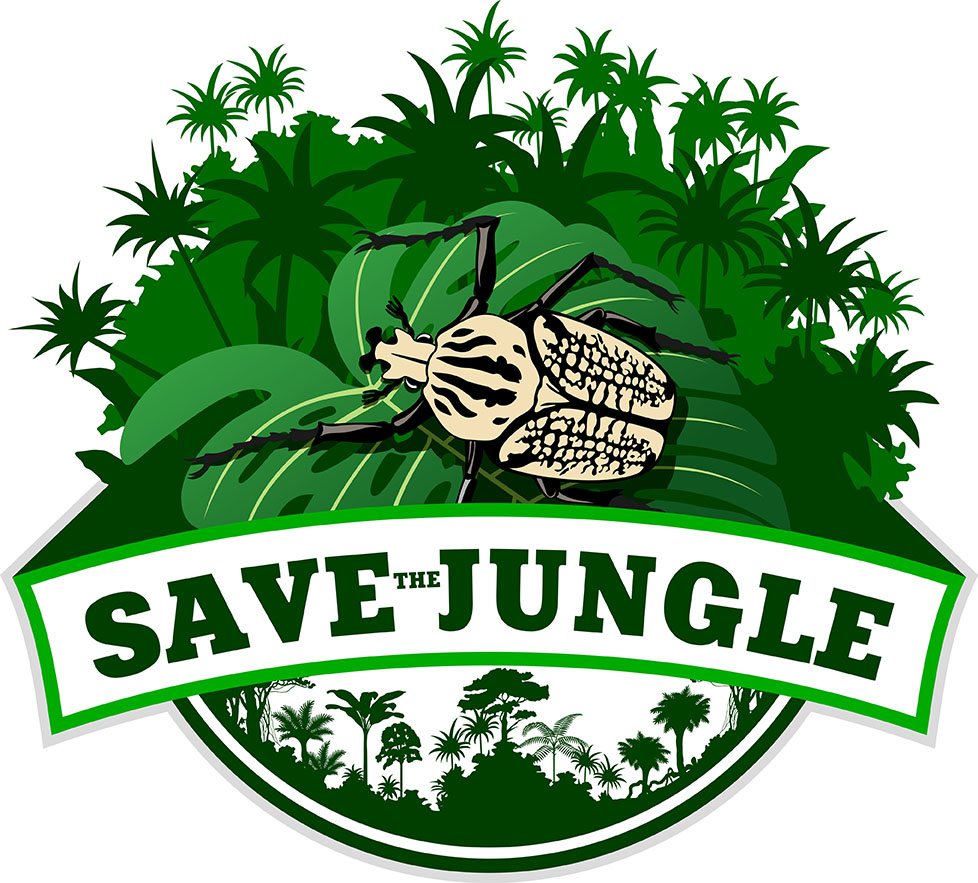Amazon Rainforest Fauna, FOREVER THE FOREST
The Amazing Insects of the Amazon Rainforest
Exploring the Astonishing Diversity of Amazonian Insects
The Amazon Rainforest, often referred to as the “lungs of the Earth,” is a sprawling ecosystem that teems with life. Among its vast array of flora and fauna, insects reign supreme, both in diversity and ecological importance. These incredible creatures, ranging from the tiniest ants to dazzling butterflies, play vital roles in maintaining the health of this intricate ecosystem.
With over 2.5 million insect species believed to inhabit the Amazon, they form the backbone of this thriving biodiversity hotspot. This article explores some of the most fascinating insects of the Amazon, highlighting their unique behaviors, ecological roles, and their contributions to the intricate web of life.
The Diversity of Amazonian Insects
The Amazon’s insects are unmatched in their variety, spanning countless orders and families. These creatures have adapted to the rainforest’s complex environment, thriving in its layered canopy, dense underbrush, and nutrient-rich soils.
Orders of Importance
- Lepidoptera (Butterflies and Moths): The Amazon is home to some of the most vibrant butterflies, including the iconic Blue Morpho. Moths, often overshadowed by their butterfly counterparts, display remarkable diversity and ecological significance.
- Coleoptera (Beetles): Known as the largest order of insects, beetles in the Amazon come in myriad forms, including the impressive Hercules beetle, one of the largest beetles in the world.
- Hymenoptera (Ants, Bees, and Wasps): Ants like the Leafcutter ant and the Bullet ant are key players in Amazonian ecosystems, while bees and wasps contribute to pollination and pest control.
- Orthoptera (Grasshoppers and Crickets): These insects are both predators and prey, contributing to the balance of food chains.
- Diptera (Flies): Mosquitoes, gnats, and other flies may seem like nuisances but serve essential roles as decomposers and food for other animals.
Iconic Insects of the Amazon
1. The Blue Morpho Butterfly (Morpho spp.)
The Blue Morpho butterfly is one of the most recognizable insects of the Amazon. With its iridescent blue wings, it dazzles anyone lucky enough to spot it fluttering through the rainforest. This coloration isn’t due to pigment but to microscopic structures on the wings that refract light, creating the brilliant blue hue.
- Ecological Role: Blue Morphos are important pollinators, visiting a wide variety of flowers during their search for nectar.
- Defense Mechanisms: The underside of their wings is a dull brown with eyespots, providing excellent camouflage against predators.
2. Leafcutter Ants (Atta spp.)
Leafcutter ants are one of the most industrious insects in the Amazon. These ants harvest leaves, not for direct consumption, but to cultivate fungus—their primary food source—in underground farms.
- Ecological Role: Leafcutters contribute to nutrient cycling by breaking down organic material and enriching the soil.
- Social Structure: These ants live in highly organized colonies with specialized roles, from workers to soldiers to queens.
3. The Hercules Beetle (Dynastes hercules)
Named after the mythological hero, the Hercules beetle is known for its massive size and strength. Males feature long, horn-like structures on their heads, used in combat to establish dominance.
- Ecological Role: These beetles assist in decomposing wood and organic material, aiding nutrient recycling.
- Unique Traits: Despite their intimidating appearance, Hercules beetles are harmless to humans.
4. Bullet Ant (Paraponera clavata)
The Bullet ant is infamous for its extremely painful sting, often described as the most intense of any insect.
- Ecological Role: As predators, they help control populations of smaller insects.
- Cultural Significance: In some Indigenous Amazonian tribes, Bullet ants are used in initiation rites, demonstrating courage and endurance.
5. Glasswing Butterfly (Greta oto)
The Glasswing butterfly is named for its transparent wings, which make it nearly invisible in flight.
- Ecological Role: Like other butterflies, it aids in pollination.
- Adaptations: Its unique wing structure provides excellent camouflage, helping it evade predators.
The Role of Insects in the Amazon Ecosystem
Pollination
Many flowering plants in the Amazon rely on insects for pollination. Bees, butterflies, and beetles transfer pollen from one plant to another, ensuring genetic diversity and the production of fruits and seeds. Without these insects, many plant species would struggle to reproduce.
Decomposition
Insects like beetles, flies, and ants break down organic material, returning essential nutrients to the soil. This decomposition process is crucial in the nutrient-poor soils of the rainforest, enabling plants to thrive.
Pest Control
Predatory insects, such as wasps, mantises, and ants, help regulate populations of herbivorous insects that could otherwise damage plants. This natural pest control maintains ecological balance and supports plant health.
Food Web Support
Insects form the base of many food chains, serving as prey for a wide range of animals, including birds, amphibians, reptiles, and mammals. The sheer abundance of insects makes them a cornerstone of the Amazon’s biodiversity.
Unique Behaviors and Adaptations
Camouflage and Mimicry
Many Amazonian insects have evolved to blend into their surroundings or mimic other organisms. Examples include:
- Stick Insects (Phasmatodea): Resemble twigs and branches, making them nearly invisible to predators.
- Mimicry in Butterflies: Some butterflies mimic toxic species to deter predators, even though they themselves are harmless.
Bioluminescence
Certain insects in the Amazon, like fireflies and some species of beetles, produce light through biochemical reactions. This bioluminescence is used for communication, attracting mates, or luring prey.
Complex Social Structures
Ants, bees, and termites exhibit remarkable social organization. Their colonies have distinct roles, ensuring efficiency in tasks such as foraging, defense, and reproduction.
Threats to Amazonian Insects
Habitat Destruction
Deforestation for agriculture, logging, and mining is a significant threat to the insects of the Amazon. Loss of habitat reduces their populations and disrupts ecological balance.
Climate Change
Rising temperatures and changing rainfall patterns affect the delicate ecosystems of the Amazon, potentially altering the behavior and distribution of insects.
Pesticides and Pollution
The introduction of pesticides and other pollutants can harm insect populations, impacting their health and reducing their numbers.
Protecting Amazonian Insects
Conservation Efforts
- Preserving Habitats: Protecting large tracts of the Amazon through conservation areas and sustainable land management practices is essential.
- Restoration Projects: Reforesting degraded areas can help reestablish habitats for insects and other wildlife.
Promoting Sustainable Practices
Encouraging eco-friendly agriculture and forestry practices reduces the impact on insect populations.
Raising Awareness
Educating the public about the importance of insects in the Amazon can inspire conservation efforts and promote sustainable behaviors.
The insects of the Amazon Rainforest are nothing short of extraordinary. They exemplify the beauty, complexity, and interconnectivity of nature, playing indispensable roles in maintaining the health of the rainforest ecosystem. As we marvel at their diversity and adaptability, it is our responsibility to protect their habitats and ensure their survival for generations to come.
By safeguarding these incredible creatures, we not only preserve the Amazon’s biodiversity but also maintain the balance of life on our planet. Let us celebrate the amazing insects of the Amazon and work together to protect the rainforest’s vibrant legacy.


